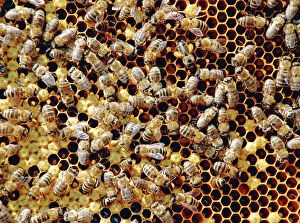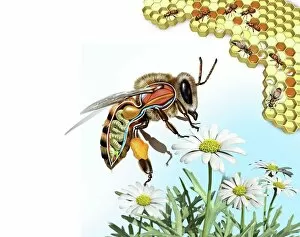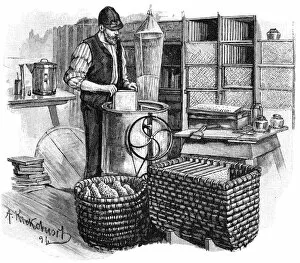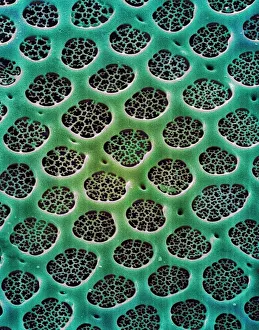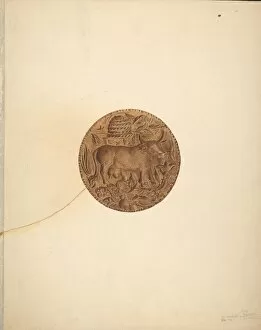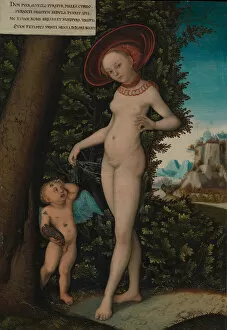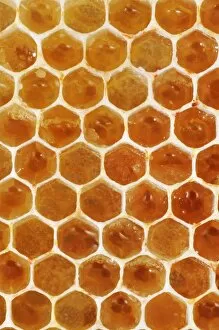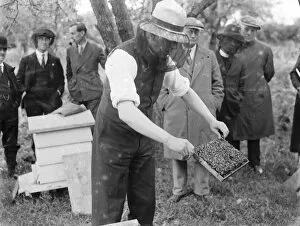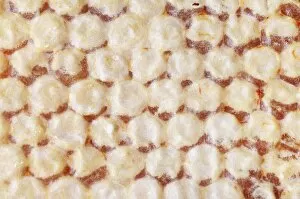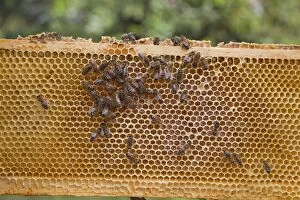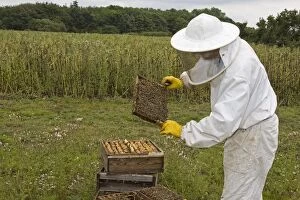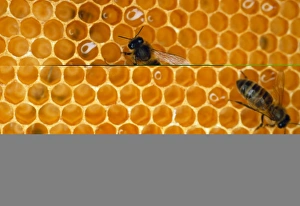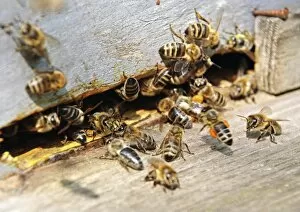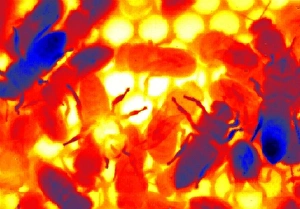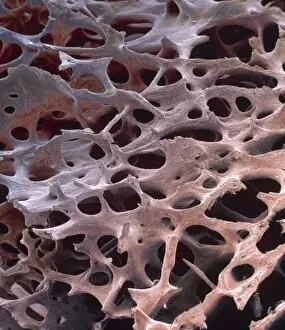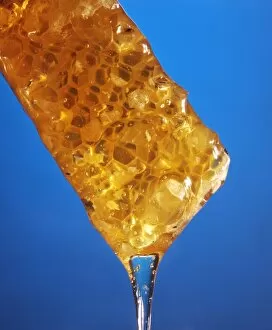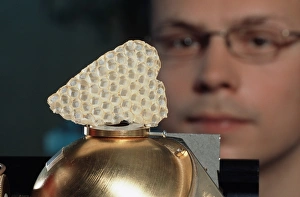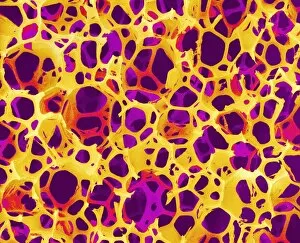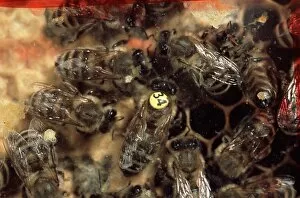Honey Comb Collection
"Honey Comb: A Fascinating World of Bees, Artwork, and Culinary Delights" Step into the mesmerizing world of honey comb
All Professionally Made to Order for Quick Shipping
"Honey Comb: A Fascinating World of Bees, Artwork, and Culinary Delights" Step into the mesmerizing world of honey comb, where honey bees diligently create their intricate homes. The sight of honey bees delicately perched on a honeycomb is a true marvel to behold. Their precise anatomy perfectly complements the beautiful artwork they construct. Beekeeping has been an age-old practice since the 19th century, with enthusiasts in various corners of the world like North America's Florida region, and is here that beekeepers have honed their skills in nurturing these incredible creatures and harvesting nature's golden nectar. Intriguingly, even microscopic organisms like diatom algae leave their mark on this wondrous creation. Under scanning electron microscopes (SEMs), these tiny alga reveal stunning patterns that add another layer of awe to the already captivating honeycomb. However, not all stories about honeycombs are filled with wonder and beauty. In 1869, mushrooms were found growing within them—an unexpected twist showcasing nature's ability to surprise us at every turn. The challenges faced by bees today also find a place within this narrative. The Varroa mite infestation has wreaked havoc on beehives worldwide, including one in Cockermouth, Cumbria (UK). This parasite thrives due to climate change-induced milder winters—a stark reminder of how our actions impact delicate ecosystems. Artists throughout history have immortalized the essence of honeycombs through engravings and illustrations. Le Vocabulaire Illustre captures its French name "Rayon de miel" or German equivalent "Honigwabe, " reminding us that this natural wonder transcends borders and languages. Beyond its role as a home for bees and subject for artists' inspiration, honeycomb has also influenced culinary creations over time.

